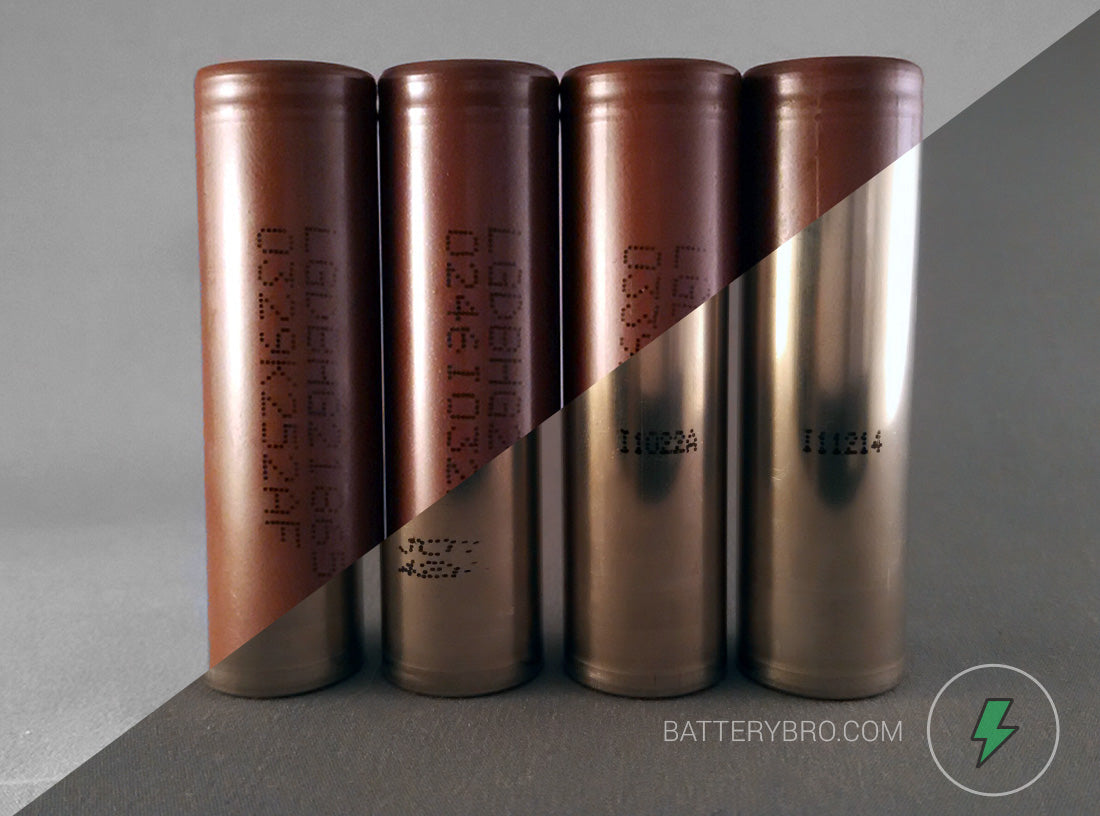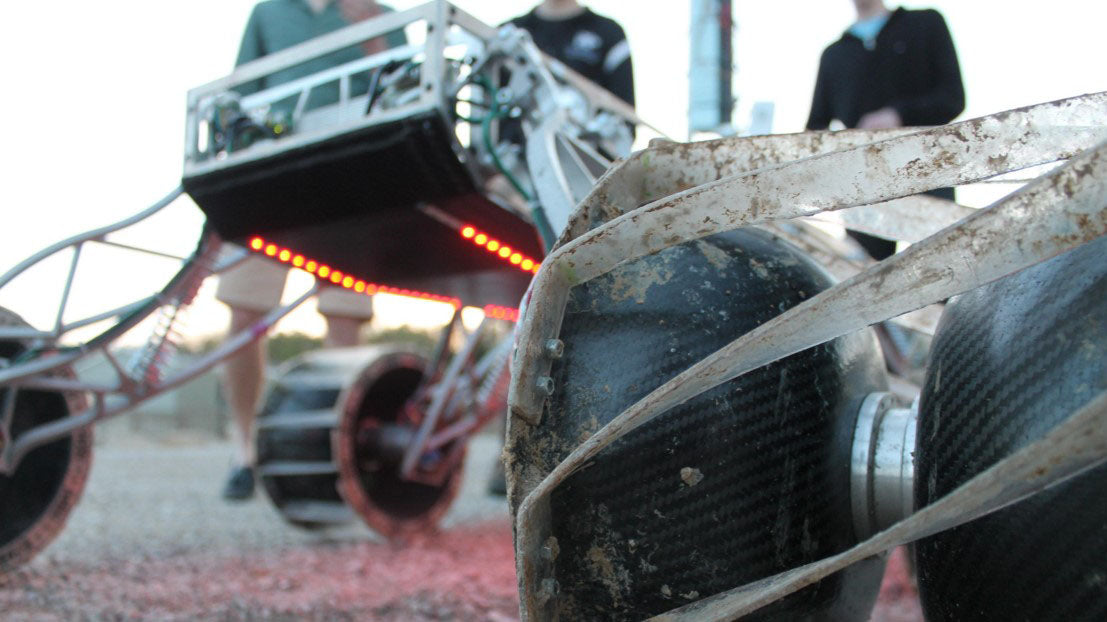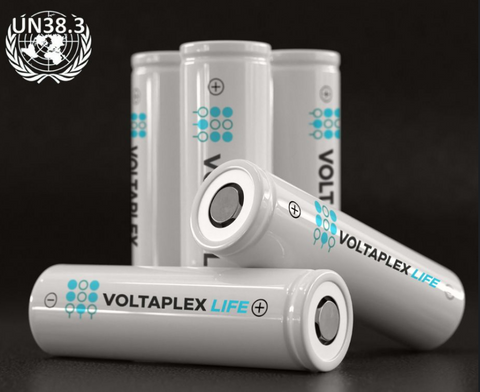Understanding 18650 explosions with Mount St. Helens March 15 2015, 4 Comments

This is Mount St. Helen, one day before it erupted. There is no smoke, no magma, just an eerily silent mountain visible.
Let's talk about 18650 battery explosions - what they are, and what they are not. I think an interesting and telling analogy to explain how a battery explodes is by looking at Mount St. Helens - the deadliest and most destructive volcanic event in the history of the United States (economic because it wiped out over 2 billion dollars worth of lumber).
In 1980, when it erupted, US geologists knew very little about volcanoes. At that time, no volcano had erupted in the lower forty-eight states in over sixty-five years. The only ones we had to study were in Hawaii, which we will come to see are an entirely different beast. St. Helens started rumbling on March 20, and within a week was erupting magma - albeit only in very modest amounts. It became a major tourist destination, with dozens of helicopter tours - no one thought it was going to blow quite like it did.
On April 19, the northern flank of the mountain began to bulge conspicuously. If you know about batteries, bulging means an explosion is imminent. This is especially true for lithium-polymer "soft-packs" like in old cell phone batteries. However, no one thought this signaled a blast in St. Helens, and tourism continued flocking to the mountain for pictures. No one except one person - a geology professor named Jack Hyde.
Mr. Hyde pointed out that St. Helens did not have an open vent, like most Hawaiian volcanoes do. Now, if you know something about batteries you have probably solved the puzzle. The pressure building up inside the mountain was bound to explode catastrophically. The next day, it exploded with the force of five hundred Hiroshima atomic bombs, creating the biggest land-slide in human history - enough displaced land to completely cover Manhattan.

What St. Helens looks like now - after the eruption.

Lava erupting from the Pu'o vent in Hawaii
Here you can see what happens when a volcano has an open vent. There is no giant explosion, just escaping gases and chemicals. The same is true for 18650 batteries - they rarely explode with a huge force of a bomb. More likely, they will release pressure by spewing dangerous chemicals and sparks out of a vent right underneath the positive terminal. If you look at a battery up close, you will notice a ring of holes that go through the top cap and lead straight into the can, or negative terminal. If these vents were not on the battery, failures would be far more devastating.

Close-up of the top cap, and vent of a NCR18650 BF battery.
So if there is one take-away point to understanding how batteries explode using a volcano - it's that you have to trap volatiles for an explosive eruption. Vents release pressure, and as long as you have a properly vented battery you are not in serious danger if it fails.










Comments
Bill on May 21 2017 at 02:15PM
Coins or keys in your pocket can easily short the positive and negative terminals of a cell together, leading to destructive heating for the cell, and even if vents are in place, flame can escape from the cell vents in a thermal runaway condition. Flames can set clothing on fire, and can also burn the victim, either from direct flames coming from the cell itself or from ignited clothing, which can lead to the type of injuries described here. In that situation, the cell does not have to explode to be dangerous and cause severe injuries.
From my own research on lithium cells, there are many factors that can lead to cell failures due to thermal runaway, and based on cell technology and chemistry, the outcomes can be radically different from one cell to another, even within what is considered by many people to be similar cells. The 18650 package is manufactured by many companies, they have many different chemistries (Lithium Manganese Oxide, Lithium Iron Phospate, Lithium Cobalt Oxide and others), all in what appears to be a very similar package. Different chemistries have different internal impedance, different mAHr ratings, variations in voltage under charged conditions, some with internal current limit devices, some without, it goes on an on.
People who write safety standards are unable to keep up with changes in technologies.
Joei on May 03 2016 at 02:00PM
Adam, your “friend” didn’t respect the battery nor did he look into battery safety if he was carrying a battery in his pocket loose. There are battery cases for a reason. I assume it was just “loose” in his pocket where the positive could touch things. I carry at least 4 18650’s at all times for over a year now and have zero issues, never even had one vent and all my batteries are lg turds.
Theodora on May 02 2016 at 10:04PM
I’d like to reply to Adam Camden’s comment. What has happened to your friend is a tragedy, and I sincerely hope he will be OK. Perhaps your anger is misdirected at Battery Bro though? It was here that I learned about battery safety! I wouldn’t have thought twice about storing a 18650 battery in my pocket before reading the Safety Booklet section.
Adam Camden on May 01 2016 at 10:20AM
I am sure my comment will not be posted but for your information my best friend is lying in a hospital bed as I type this awaiting a skin graph to his right leg hip to knee because an LG 18650 battery exploded in his pocket, just the battery not in a vape unit and was not being used, I have pics of this DEVASTATING “volcanic” result if you think he would agree that this technology is safe your a moron.